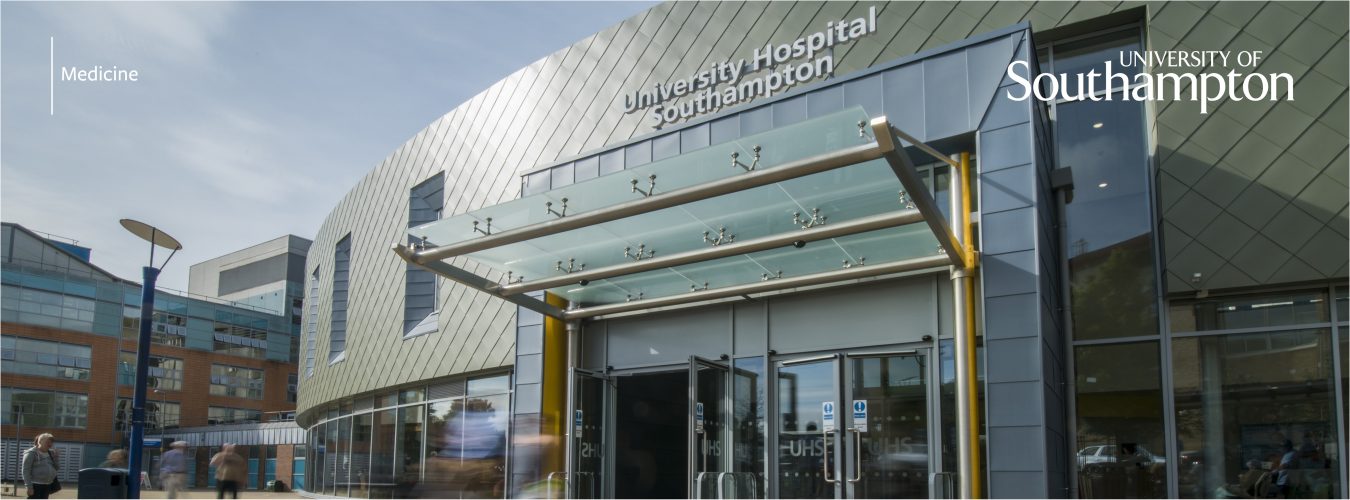I’m writing this on the evening of the Faculty of Medicine Leadership Team Away Day, when the heads of Academic Units, Associate Deans and Dean meet to discuss key aspects and priorities for the Faculty. Our discussions on medical education easily filled the allotted time, continuing over dinner. There is much to air on this topic, and many opinions to consider.
At the moment we are in the midst of our regular 5 yearly GMC review, in which our BMBS programmes are reviewed, alongside the Wessex Deanery. As part of this, throughout October the GMC has surveyed all our students, with questions ranging from the thoroughness of our teaching in basic biomedical sciences, through to levels of pastoral support, how we support development of professional behaviour and opinions on quality of teaching, supervision and care in clinical placements. We provide documentary evidence to back the narratives of what we say we do to deliver the ‘Outcomes for Graduates’, the GMC mandated curriculum. Having reviewed this documentation, and the annual monitoring data that we routinely return, the GMC team will then visit us and selected placements (to include UHSFT) – due in early 2018.
This month we will also be submitting Southampton’s bid to HEFCE/HEE to increase the number of medical student places we offer each year, in response to the government’s stated aim to raise the number of medical student places in England by 1,500. We were awarded an additional 19 places for course entry in September 2018, and now aim to recruit a further 30 students, taking our total number to just under 300 students per year, still keeping us firmly in the category of a ‘medium sized’ medical school.
For success in our bid we must show that we are increasing diversity in our student numbers, so that tomorrow’s doctors more accurately reflect the population that they will serve. We already do this well, with our widening access BM6 programme, our graduate entry programme, BM4, which selects from graduates with at least a 2:1 in any previous degree and our distinctive ‘mature non graduate’ stream in our largest BM5 programme. We aim to broaden our reach still further by using a ‘contextual admissions’ approach for the additional places we will offer, ensuring that bright students, with potential to be great doctors, who are from currently underrepresented and disadvantaged groups, are recruited and given opportunities.
Another stated priority in the allocation of additional student places is to align expansion to local NHS workforce needs and to support general practice and other shortage specialities. Whilst mindful of these priorities and acknowledging that specialties such as Primary Care and Psychiatry have rightly been given increased attention in our ‘new curriculum’ (which rolls out to our final year students this year) we are firmly of the opinion that we need to ensure that our course equips the Foundation doctors we deliver each year to go on and thrive in all areas of medicine.
Last July, for the first time in the history of the medical school at the University of Southampton, our new graduates stood together during their degree ceremonies and recited aloud a Declaration, based on the Duties of a Doctor. This is was the high point of the day for many of them and their supporters. The Declaration concluded with the words ‘I declare that I will justify the privilege that the award of my degree bestows on me’. What huge responsibility, and privilege, we have in nurturing, developing and delivering our cohorts of new Foundation doctors to the NHS and beyond each year, to work together for the good of patients.
Many thanks to all those of you who are involved in education and support of our students in so many ways.
Professor Karen Morrison

